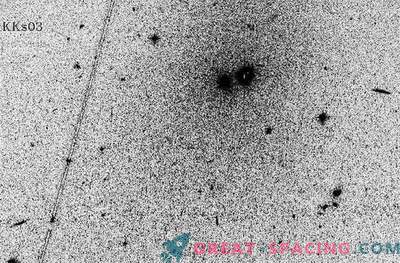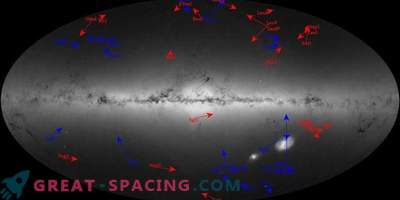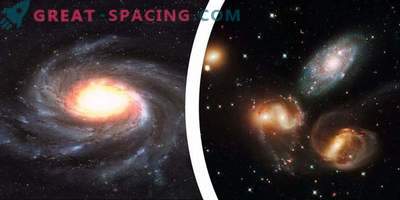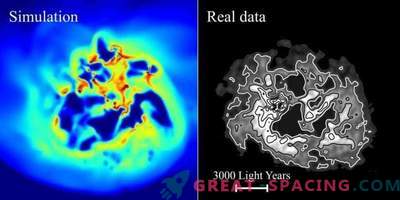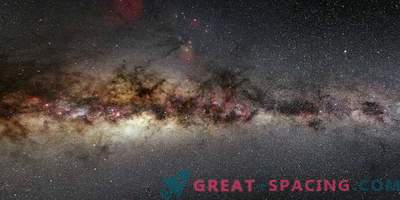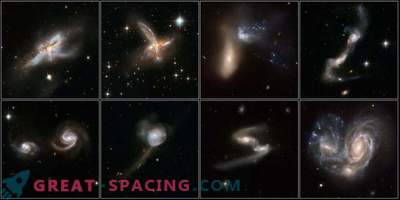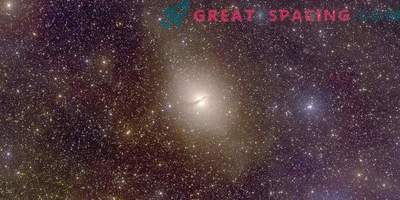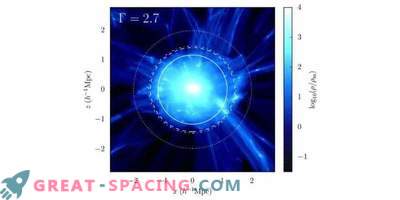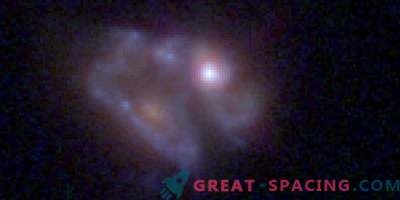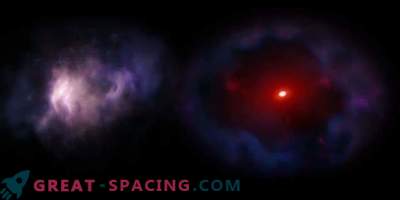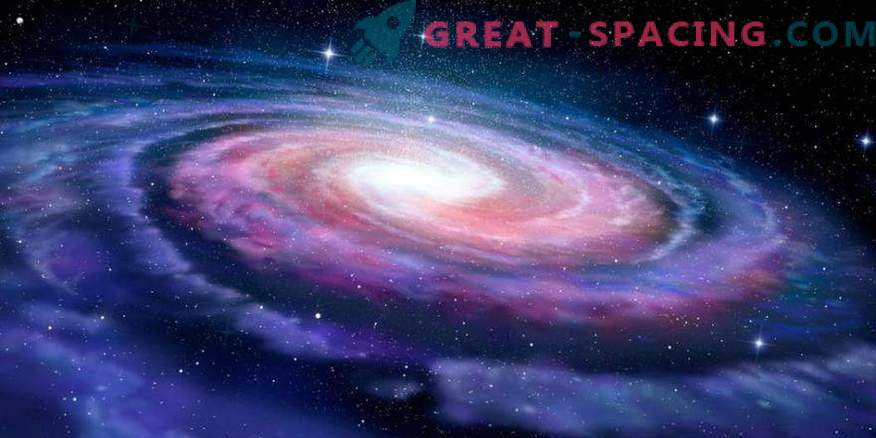
As a hooligan who walks around the playground and steals money from young children, our Milky Way galaxy steals precious star-forming gas from nearby dwarf galaxies.
A new study, which is being conducted by astronomers using the Green Bank Telescope (GBT) telescope, located in Virginia and data obtained using other ground-based radio telescopes, says that dwarf galaxies that rotate closest to the gravitational sphere of the Milky Way, lose their gaseous hydrogen, serving for the formation and growth of galaxies.
"Astronomers are wondering if nearby dwarf spheroidal galaxies have the same composition of matter as dwarf galaxies that are distant from us," said astronomer and lead researcher Christina Speckens, of Royal Military College, Canada.
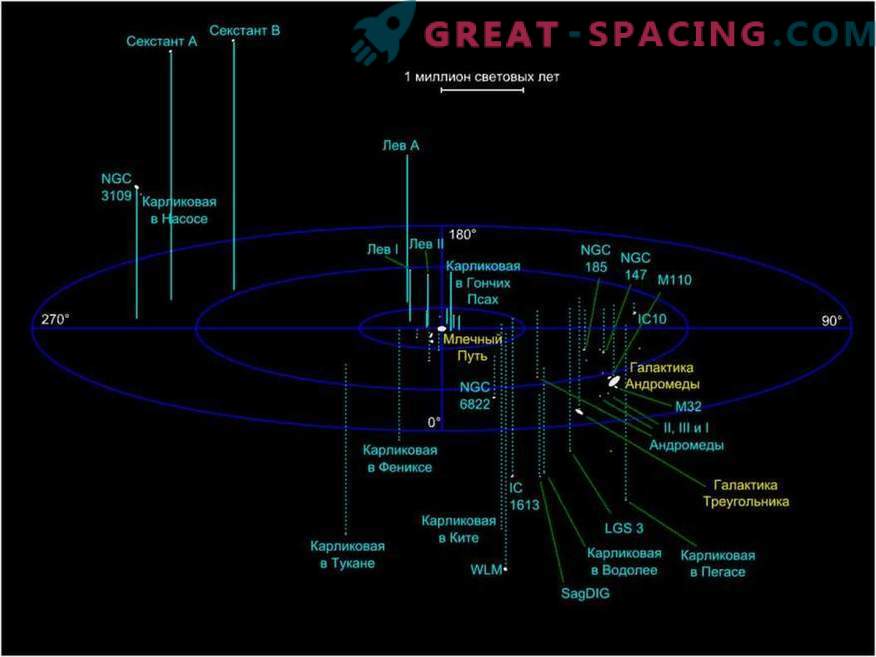
Local group of galaxies
Our galaxy is the largest member of the compact group of galaxies. The Milky Way has a swarm of small dwarf galaxies surrounding it. The closest to the Milky Way are a swarm of dwarf spheroidal galaxies, which are believed to be the ancient bread crumbs from the early evolution of our Galaxy. The irregularly shaped dwarf galaxies, which are gravitationally unrelated to our galaxy and which are believed to be new to the galactic neighborhood, are located slightly further. As stated in an article published in the current issue of The Astrophysical Journal Letters, the Speckens team set a well-defined boundary for star-forming neutral hydrogen, which should be contained in the surrounding dwarf galaxies.
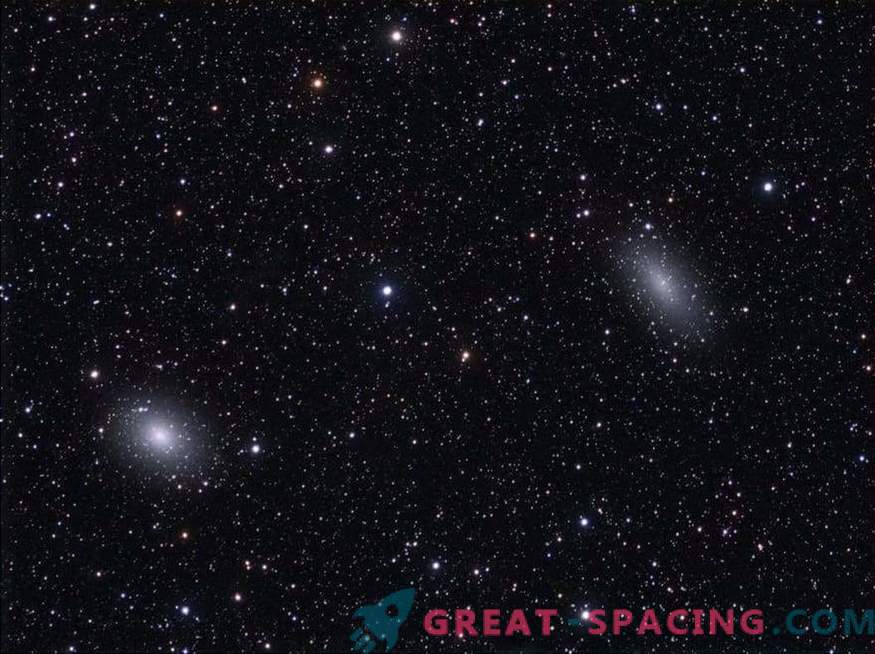
Galaxies NGC 184 and NGC 147
"We found that there was a clear gap - a point near our galaxy, where dwarf galaxies are completely devoid of any trace of neutral atomic hydrogen," says Speckens in a press release from the National Radio Astronomy Observatory (NRAO).
It seems that, at a distance of 1000 light years from the outer edge of our Galaxy, dwarf spheroidal galaxies are quite rare, but dwarf galaxies located beyond 1000 light years of irregular shape “thrive”.
In galaxies located closer than 1000 light-years from us, neutral hydrogen leaves their center and goes to the Milky Way, thereby stopping the star-forming process in these dwarf galaxies. However, in galaxies located at a distance of over 1000 light-years, neutral hydrogen remains within their limits, being a fuel for the formation of new stars.

